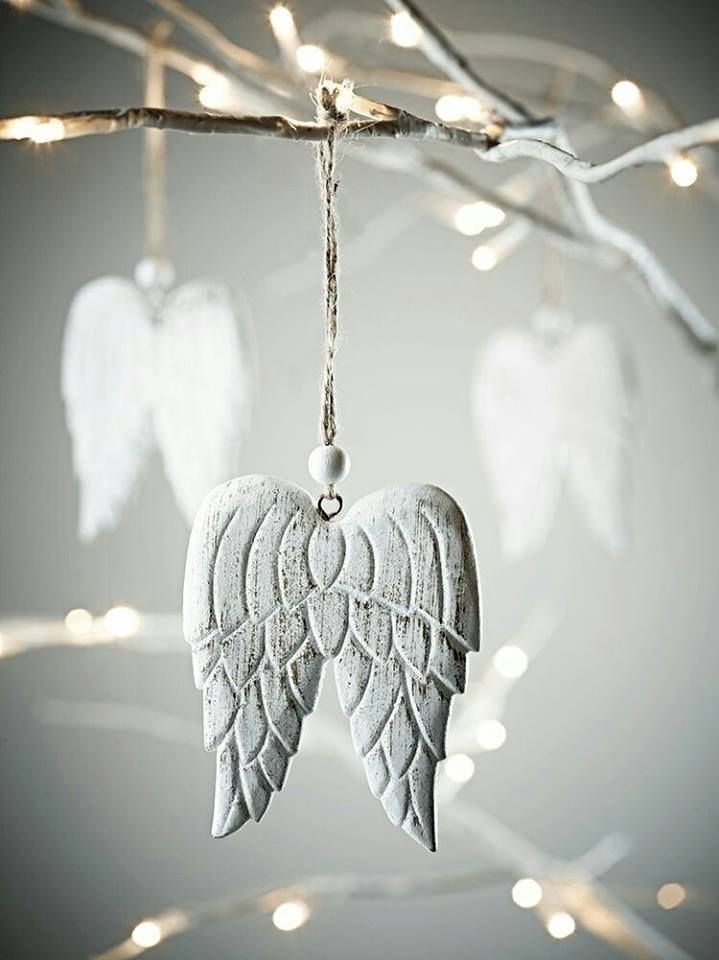The Art of Mindfulness: Buddhism, Spirituality, and Art Therapy 🦋
- Koöko Fleurs
- Apr 16, 2024
- 3 min read

In the hills of Darjeeling, India, Thangka painters have been practicing their craft for generations. Thangkas are intricate paintings of Buddha, Buddhist deities, or mandalas that are central to Tibetan Buddhism. A study focusing on two male Thangka painters, each with 30-40 years of experience, revealed that Thangka painting is not just an art form but a therapeutic process. The painters reported finding peace and a sense of calmness while working on their Thangkas. They also noted a decrease in aggression and an increase in happiness in their lives due to their engagement with the art.
Real-Life Example: Art Therapy for Personal Healing.
A personal account of using art therapy for healing speaks volumes about its power. One individual shared how the combination of art and talking therapy ignited their creativity, unlocked past memories, and helped them live a life free from anxiety and negative self-image. They emphasized that art therapy allowed them to engage with their intuition and process emotions in a transformative way.
These examples highlight the profound impact that the combination of spirituality and art therapy can have on individuals, offering pathways to inner peace, self-awareness, and emotional well-being. If you're interested in more detailed accounts or additional case studies, I can provide summaries based on available research and literature.
In the serene spaces of our minds, where silence speaks louder than words, lies the potential for profound healing and self-discovery. Buddhism, with its rich traditions of mindfulness and meditation, offers a path to inner peace that aligns harmoniously with the principles of spirituality and art therapy. This synergy creates a tapestry of techniques for nurturing the soul and fostering well-being.
The Buddhist Perspective
Buddhism teaches us to observe the world and ourselves without judgment. At its core, it advocates for awareness and compassion, encouraging individuals to live in the present moment and to cultivate loving-kindness towards all beings. The Four Noble Truths and the Eightfold Path provide a framework for understanding the nature of suffering and the road to its cessation.
Spirituality and Self-Expression
Spirituality transcends religious boundaries; it is a universal quest for meaning, purpose, and connection. It is the silent language of the heart that speaks through our actions and intentions. In the context of art therapy, spirituality becomes a bridge between the material and the ethereal, the conscious and the subconscious.
Art Therapy as a Pathway
Art therapy emerges as a unique and powerful pathway to self-expression and healing. It allows individuals to externalize thoughts and emotions that are often too complex or painful to articulate with words. Through the creative process, one can explore their inner landscape, confront shadows, and celebrate light.
Mindful Art-Making
Combining Buddhist mindfulness with art therapy involves a conscious and intentional approach to creation. It's not about the end product, but rather the experience of being fully engaged in the moment of making. This practice can include:
- Meditative Drawing: Focusing on the act of drawing to center the mind.
- Mandala Creation: Crafting intricate designs that reflect the universe and self.
- Clay Modeling: Shaping clay as a form of tactile meditation.
The Healing Brushstrokes 🖌🎨
The act of painting can become a meditation in motion. Each stroke of the brush on canvas can be guided by a breath, a mantra, or a silent intention. Colors and shapes emerge, not just from the palette, but from the depths of one's own consciousness.
The Sculpture of Serenity
Sculpture offers a three-dimensional form to our spiritual journey. As hands mold and shape the materials, they also reshape perceptions and attitudes. The physicality of the medium grounds us in the here and now, while also allowing our spirits to soar.
The convergence of Buddhism, spirituality, and art therapy is a celebration of the human spirit. It is a journey that invites us to explore the vastness of our inner worlds, to heal, and to emerge more whole and connected. As we embrace this path, we find that every creation is a step towards enlightenment, every moment an opportunity for growth.
So, incorporating case studies and real-life examples can provide a deeper understanding of how Buddhism, spirituality, and art therapy intertwine in practice.











Comments